Outputs
The detailed outputs outlined above were simply the starting point. The real magic happened in implementation, when the prototypes and sample materials came to life. In our visual document we’ve included images and artifacts from the new Pay Service Desk in action – what clients are experiencing today. The implementation of this new service also included extensive planning, change management, employee training, and communications.
Impact
Prior to launch, the solution was presented to Department-X’s executive committee, where the President said, “we always talk about our employees being our greatest resource and investing in them, it’s great to see this is happening and it will make a great difference.”
The brand-new Pay Service Desk launched in October of 2020 and in its first four weeks has seen incredible results. The service is receiving approximately 250 requests per week (an increase of 70%), with a 45% issue resolution rate within the Pay Service Desk process. The average time to resolution is now 5 days – a remarkable new service standard.
Only 30% of requests are now escalated to other government-wide pay operations teams, reducing the burden of their backlogs by 70% and increasing their teams’ capacity by more than two-thirds (to deal with pay issues from other departments). In addition, the calls relating to pay issues that were previously routing through the general HR Service Desk (accounting for nearly 70% of its call intake) are now routed directly to the new Pay Service Desk. Not only has this reduced handover times and wait times for clients it has also created 70% more capacity for the general HR Service Desk to focus on its core business – human resource requests.
We’ve also heard directly from employees, with clients raving about the impact to their experience saying, “Wow this is incredible – this was with Phoenix for 3 years and the pay desk fixed it in less than two weeks!,” and, “you’ve accomplished in days what a lot of other groups couldn’t in months,” and “…your staff are not just solving problems and finding missing years, they are removing some major stress from our lives,” and “my thanks to your team for their dedication and hard work on behalf of SSC employees who seemingly have nowhere else to turn to for much needed assistance with their pay issues.”
We’ve also seen significant impact to employees delivering the service, with feedback including, “we really are making a difference in employee’s lives - one case at a time,” and, “since joining the team…I think we have already accomplished quite a bit even in just the last 3-4 weeks and it’s awesome to see how far we’ve come already.”


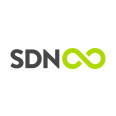
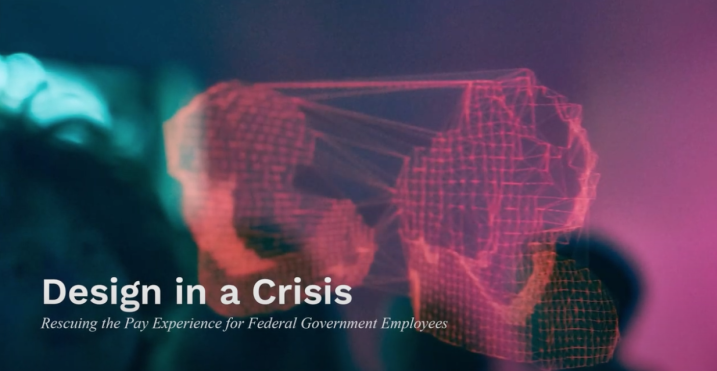
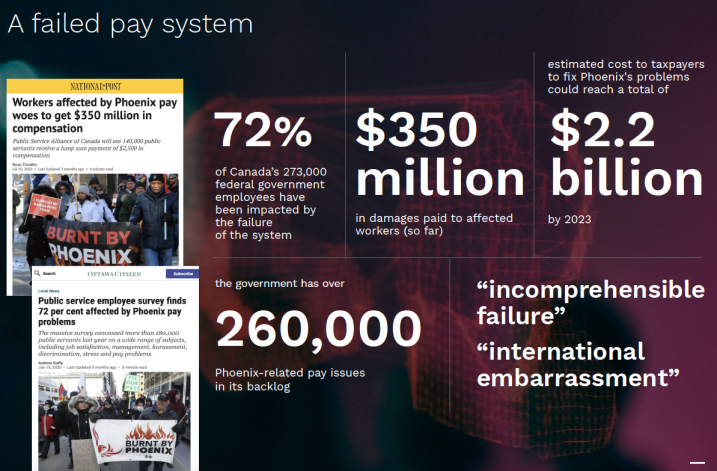
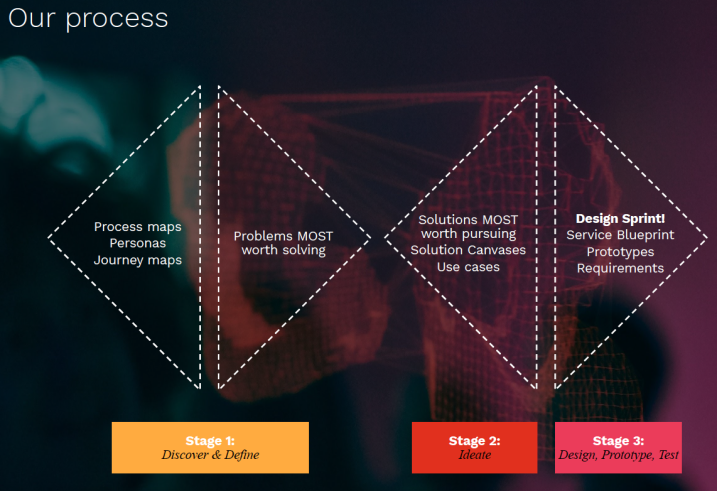
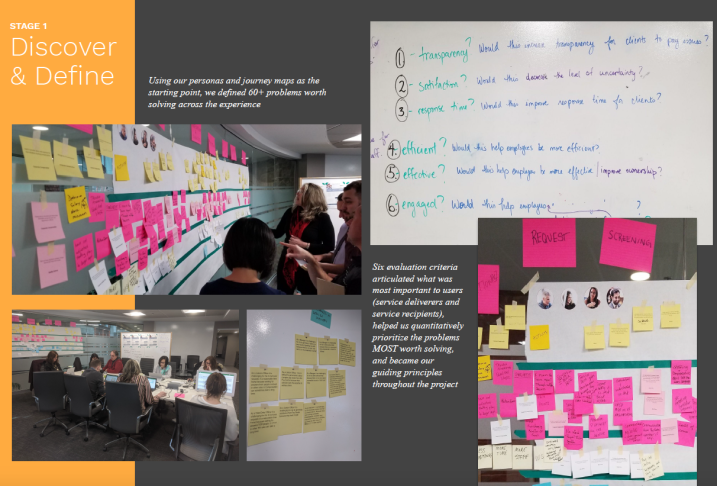
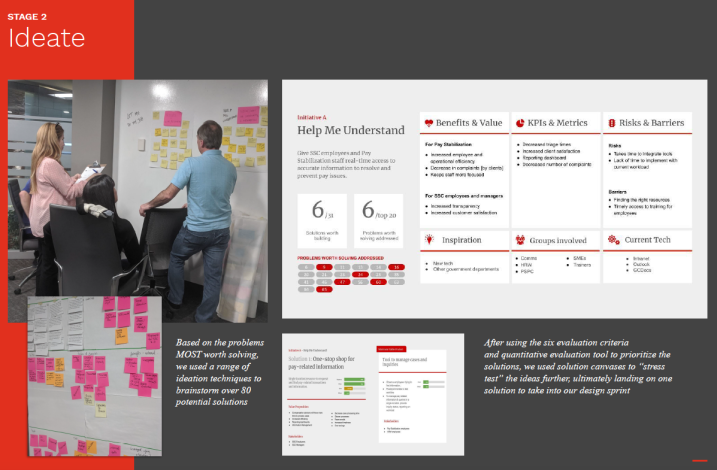
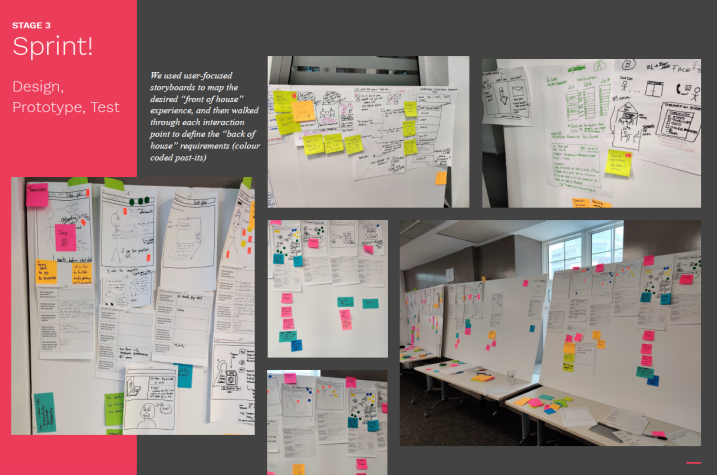
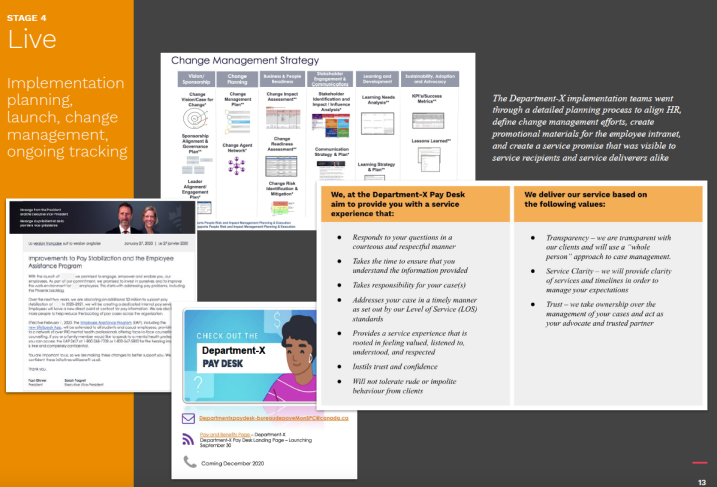
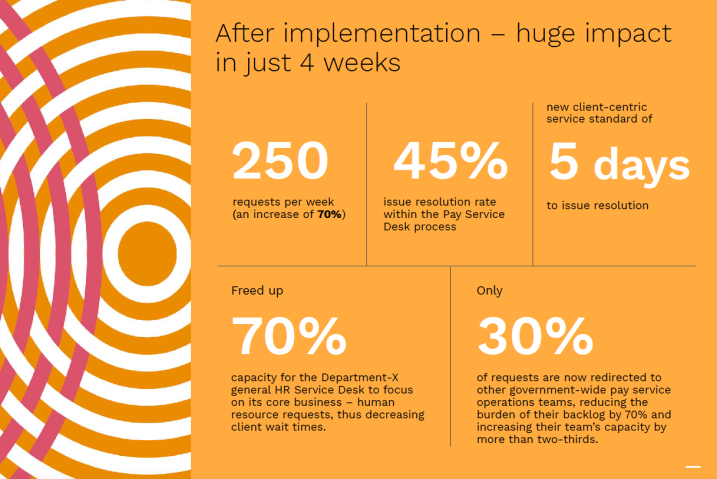
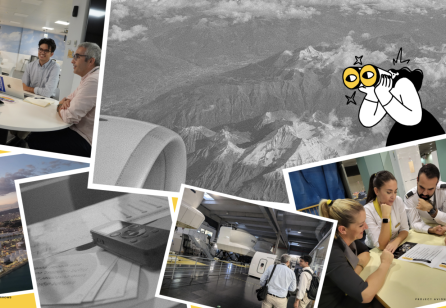
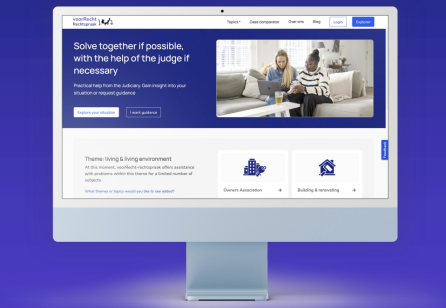
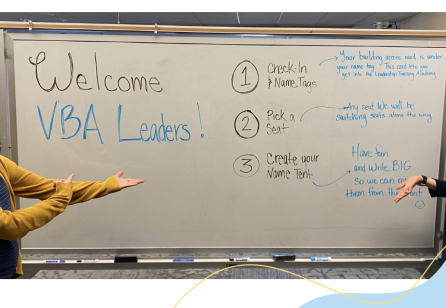
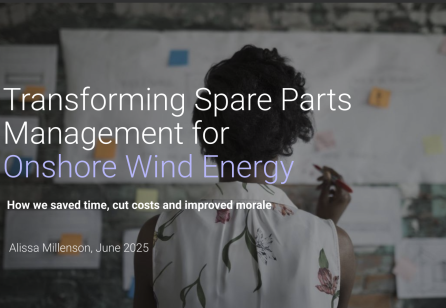

Share your thoughts
0 RepliesPlease login to comment